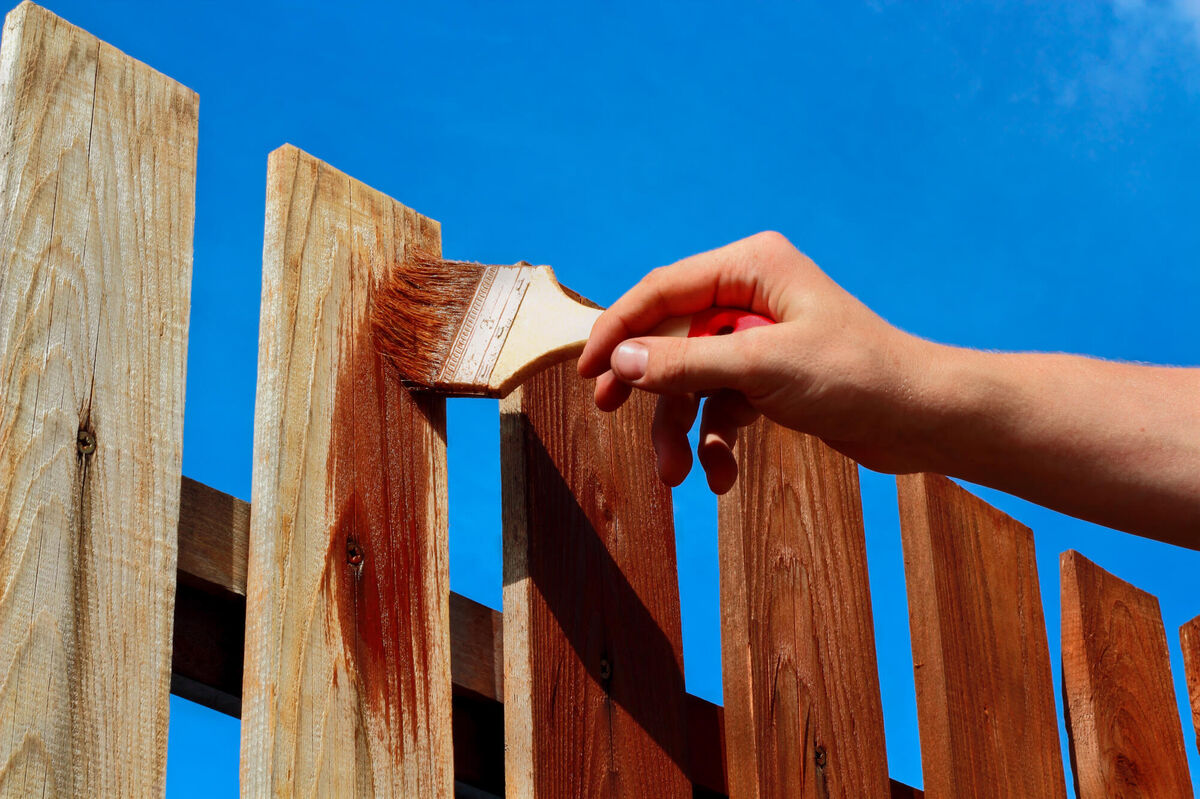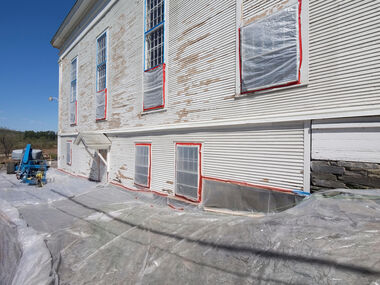What’s the Best Stain for Fences in Raleigh’s Hot Summers?

Summers can get hot in Raleigh, NC, with temperatures ranging from mid-80s to mid-90s (°F) on average. These temperatures often accompany high humidity, making the heat seem even more intense. This is not good news for homeowners with wood fences. While the sun beats down on these fences, the high humidity adds stress on the wood. Fortunately, selecting a high-quality wood stain for your fence can help protect it against UV radiation, moisture, damage, and fading. Let’s go over how to find the best stain for a wood fence in Raleigh, NC. What Makes a Great Fence Stain?
To protect your wood fence during summer, keep in mind that the best stain for fence surfaces must include the following features:
Can You Stain a Fence in Hot Weather?
If you have no choice but to stain your fence during hot weather, do so only if the temperatures stay below 90°F. This usually means working on the fence early in the morning or late in the afternoon. Avoid direct sunlight while staining, if possible. If the surface of the wood is too hot to touch, it is also too hot to stain. Types of Stain to Choose From
There are three main types of stain to choose from. These are:
When choosing the best stain for your fences, consider the age of your fence as well. As mentioned, oil-based stains are good for older fences. If you choose an oil-based stain for a new fence, you need to cure the wood for at least 4 to 8 weeks before staining. This is because new pressure-treated lumber retains moisture from the treatment process. In North Carolina, new wood usually dries within two to six weeks. But if the humidity levels are high, it can take up to eight weeks or longer. It is crucial to allow the wood to dry fully so that it becomes porous enough to absorb the stain completely. You can test whether the wood is dry by sprinkling a few drops of water on it. If the water beads on the wood, the wood is still wet. If the wood absorbs the water within ten minutes, it is ready for stain. Confirm these results with a moisture meter; the reading should be 15% or less. Anderson Painting Specializes in Wood Staining
It is always a good idea to call in the help of experts if you need your wood fences stained. Anderson Painting serves customers throughout North Carolina. Our team is very familiar with the weather patterns and knows exactly when to prep and stain wood fences for the best results. For beautiful, lasting fence staining in Raleigh and Wilmington (and the rest of NC), request your free estimate today. |




